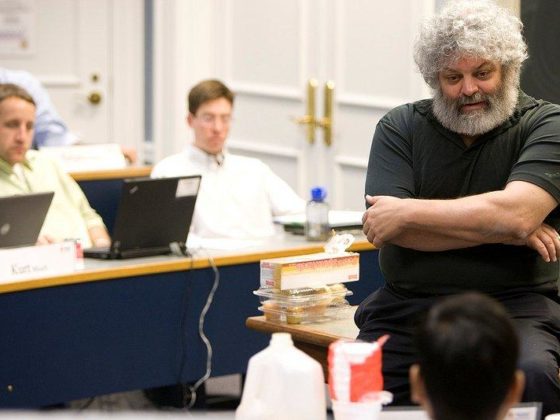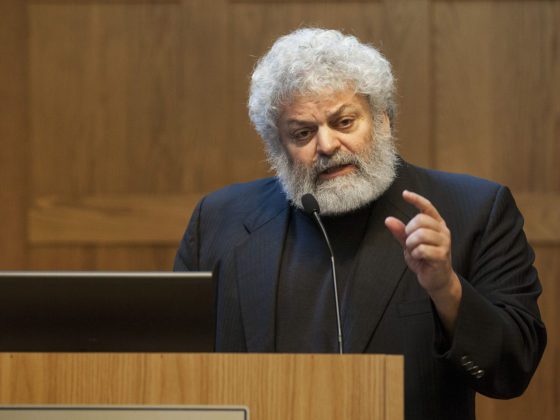
Some firms proactively replace chemicals that have been labeled as potentially-hazardous substances. Perhaps they want to avoid the chance of regulation in the future or perhaps the market is inducing replacement because consumers are demanding products free from the substance in question. If firms do not proactively replace these potentially-hazardous substances, how can non-governmental organizations (NGOs) influence companies to take action? When should NGOs target industry and when they should target regulatory bodies given the existence of potentially-hazardous substances in consumer products?
This question is the subject of a paper co-authored by Assistant Professor Tim Kraft (along with Yanchong Zheng, MIT, and Feryal Erhun, Stanford). It is the first to analytically study an activist organization’s strategic choice of where to allocate (often scarce) resources under different market and regulatory conditions. Often a substance such as bisphenol-A (BPA) is not regulated by a government; however, scientists and consumers remain concerned about the potential harm to human health that could result from repeated exposure. Using game theory, Kraft and his colleagues suggest best practices for NGOs, strategic recommendations that depend on market structure, potential environmental benefit, and the degree to which the organization is willing to be pragmatic. For instance, more pragmatic NGOs (meaning NGOs that consider firms’ profits) should leverage competition between firms to ensure that a replacement becomes available to consumers.
This paper was recently published in a special issue of Manufacturing and Service Operations Management on sustainability and operations management (Fall 2013) and can be downloaded here.
Kraft recently published a related paper in Production and Operations Management (July-August 2013), from the viewpoint of corporations’ decisions of whether or not to replace a potentially-hazardous substance and the timing of a company’s investment decisions. He and Associate Professor Gal Raz have also written a paper that examines whether opportunities exist for companies to not compete on toxicity but to instead work together to replace a potentially hazardous substance. It is currently available here for download from SSRN.




